Postcards from Copenhagen invited three photographers – Marco Kesseler, Peter Holliday and Laura Stevens – to travel to Copenhagen over a long weekend and create a new body of work inspired by the Danish capital. Here, we publish the third and final project in the series.
When visiting a new city you often arrive with a handful of preconceptions. It is well-known that Copenhagen boasts a rich cycling culture, and any guide book will tell you about its charming canals and narrow streets. It is impossible, however, to grasp the feel of a city before standing there on your own two feet. For Paris-based photographer Laura Stevens, the sense of calm in Copenhagen was particularly striking. “Everything seems peaceful here,” she writes in a journal entry reflecting on her first day in the Danish capital. “There is a distinct lack of aggression or paranoia, which I feel in Paris so often. It feels easier to breath here.”
Postcards from Copenhagen marks Stevens first time in Copenhagen. On day one of the commission, the photographer chose to explore the city by foot. She started walking at 6.15am, not relenting until 14 hours later. “Wherever you are in the city, nature is right on your doorstep,” she says. “Copenhagen is so peaceful, and water has a very calming effect.”
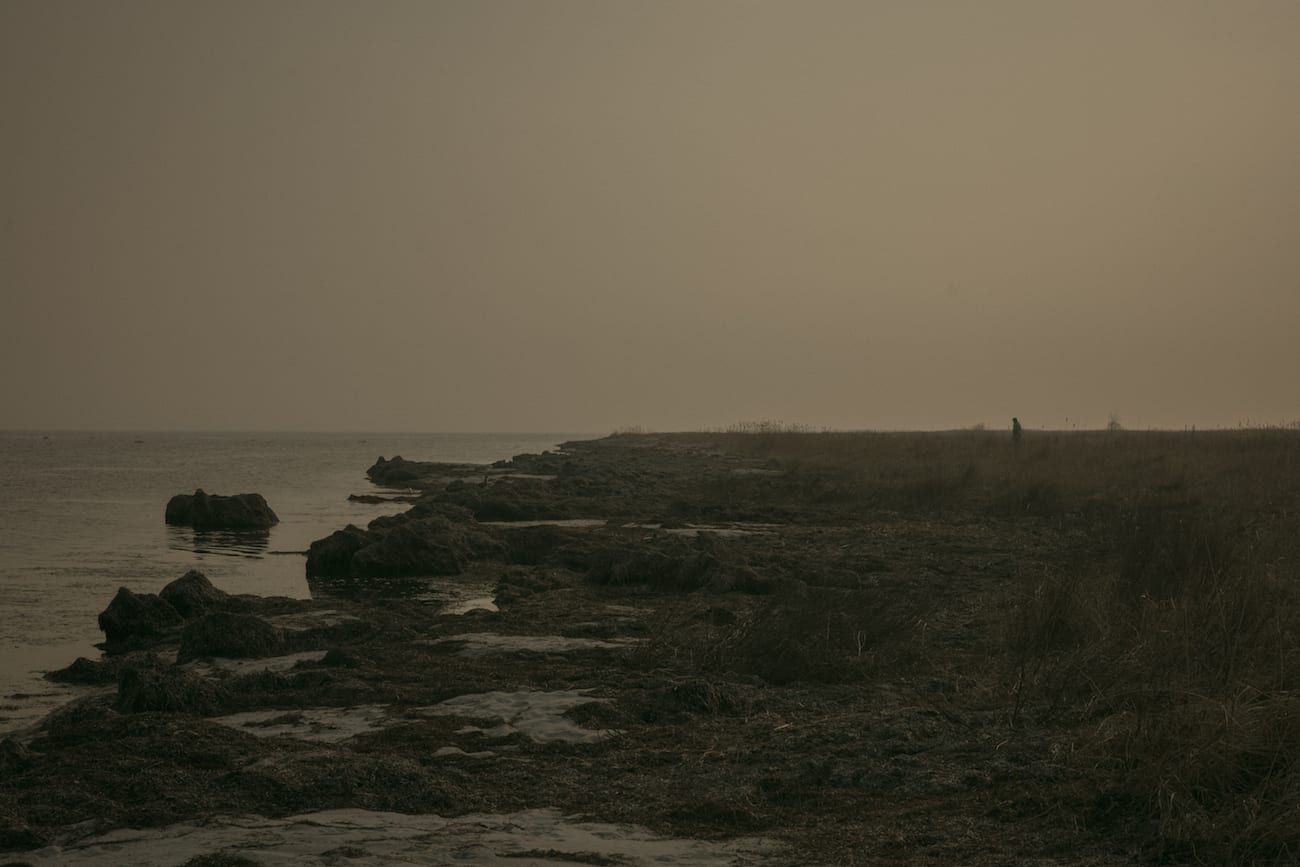
Stevens spent four days on commission in the city. Intrigued by the ways in which Copenhagen is interlaced with natural beauty, her body of work – To the Water – explores the presence of the element in the capital. “It is about how nature affects the mentality of people living in the city,” says Stevens, speaking of the series. Interacting with water in Copenhagen is somewhat effortless: no matter which way you turn, water – be it canals, lakes, beaches, or open air harbour baths – is never further than a 15 minute walk away. “In Copenhagen, people are able to disconnect from the stress and busyness of everyday life and find peace and solitude within the environment,” says Stevens. “Being close to water allows for that.”
Stevens’ approach to the commission was distinctively observational. She looked for poignant moments: the perfect light, a certain positioning of a limb or a flyaway wisp of hair, the subtle framing of a subject matter. When a camera is in Stevens’ hand, instinct takes hold. She pauses, mid-step, upon noticing a certain flicker of light; tramples upon brambles; and edges down muddy water banks. Preferring the soft natural light of the mornings and evenings, each day of the commission Stevens was up at dawn and photographing until dusk. “I always find it difficult to shoot in full sunshine,” she writes in her journal. “I prefer clouds, mist, and trouble in the air.”
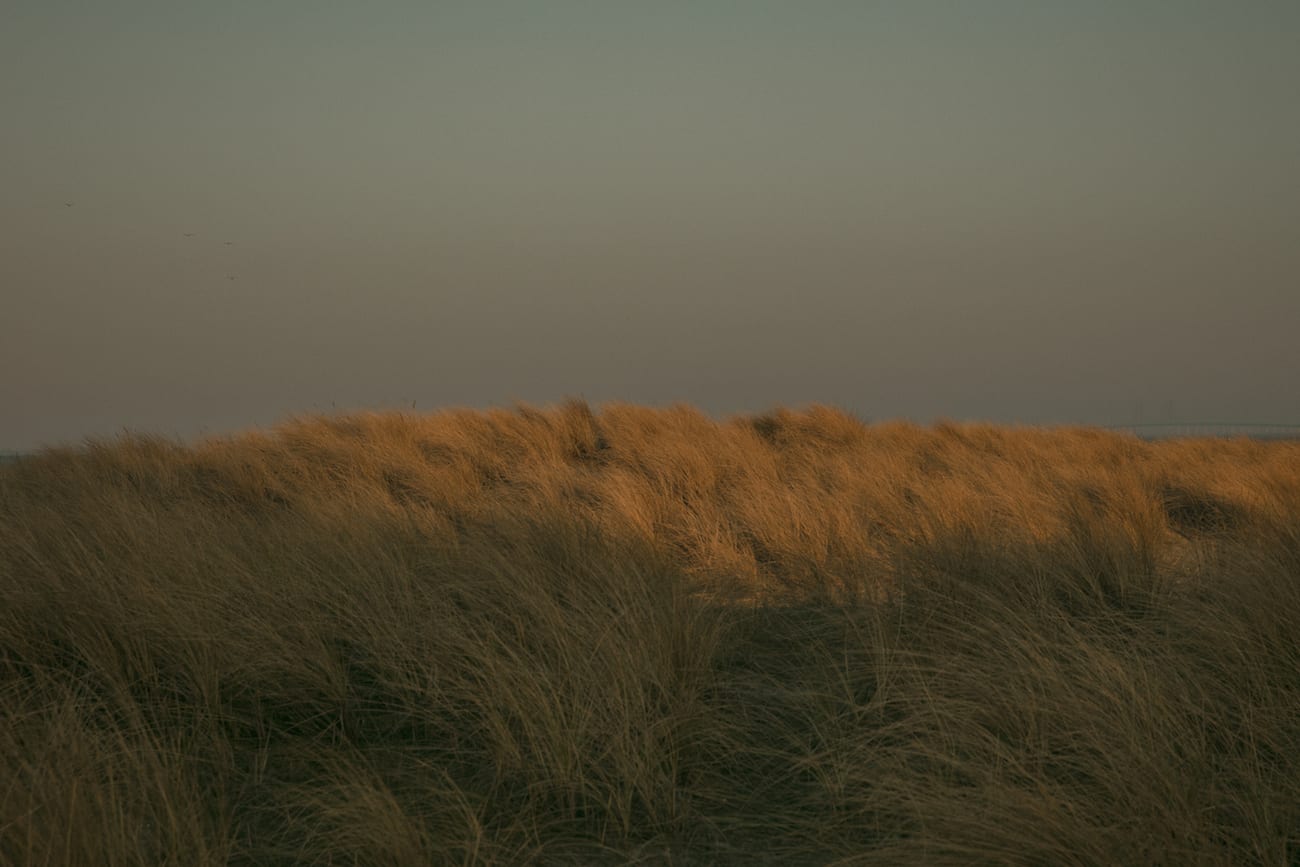
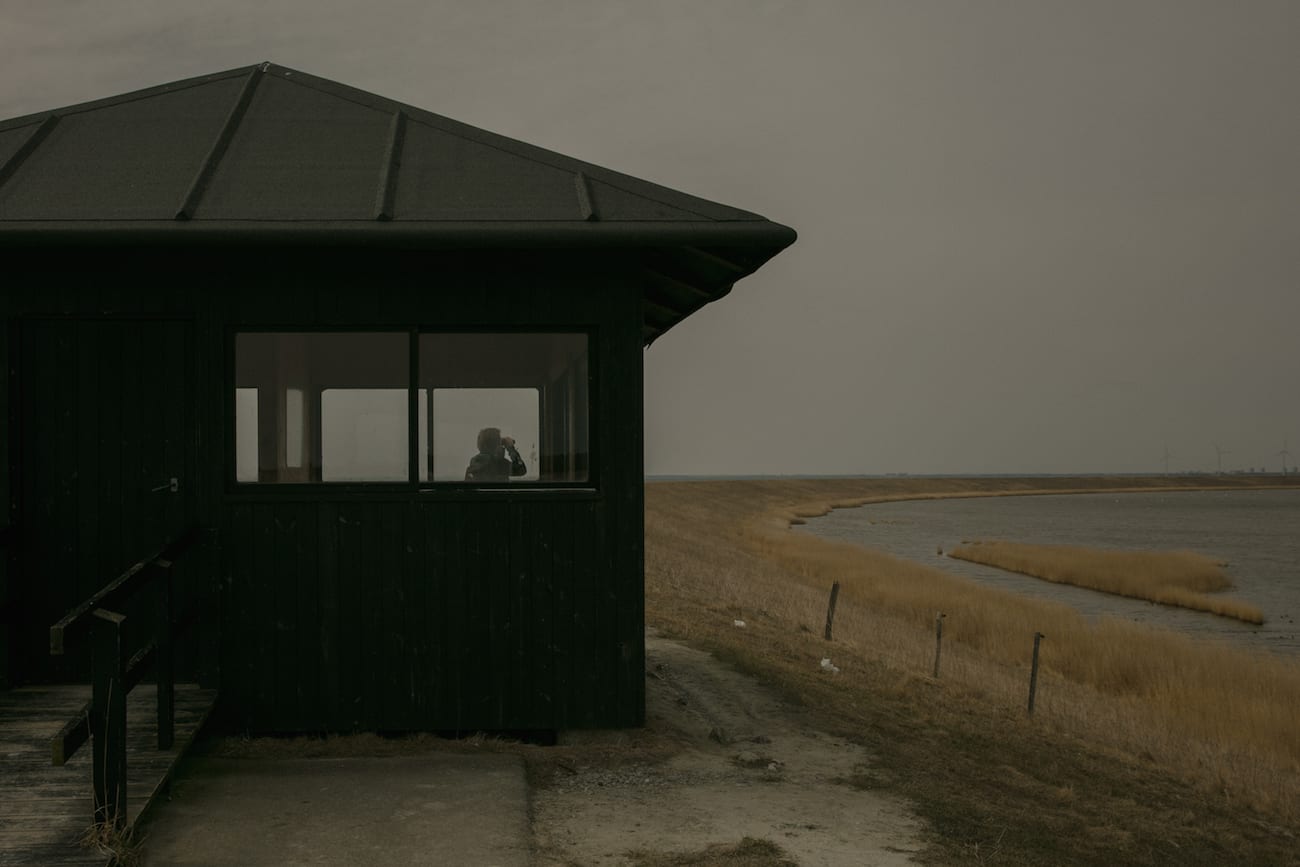
The photographer was eager to document Copenhagen beyond what first meets the eye: capturing moments and details often hidden from an outsider’s view. On her first day, Stevens found herself in several of the city’s “immaculately kept” parks. She discovered lakes graced with majestic swans and flowerbeds nothing short of pristine. “The scenes are idyllic,” Stevens writes in her journal, “however it was too much of an obvious cliché, too picture-postcard.”
Stevens’ curious approach – an innate desire to discover and experience first-hand – is also evident in how she explored Copenhagen. While she pinpointed certain locations of interest ahead of the trip, during the commission the photographer relied greatly on serendipity. On the second day this particularly came to the fore. “I got on a train heading to Amager early in the morning; to the beach I go,” writes Stevens. “I ended up travelling the wrong way. How strange it is to not understand anything. The words so long and impossible to remember.”
Rather than correct her mistake, Stevens continued on that same route ending up in Sluseholmen, a residential peninsula in the city’s South Harbour. She spent several hours there, first photographing a fisherman dressed head to toe in tweed and then continuing to explore on foot. Later in the day Stevens crossed a bridge to the island of Amager. “I watch, and I follow, and I wait: runners, hikers, fishermen, bikers, boys with drones on a hill,” reads her journal entry. “It feels wilder and the sense of not knowing where I am, where I will go and what I will find is exciting and the fear starts fading. The fear of not finding anything surprising or of being within tourist environments. I walk along a stream. I get on a bus. I get off the bus. I walk. I get on another bus. I am lost. I keep going. I get off and walk and end up at Amager Beach, my initial destination.”
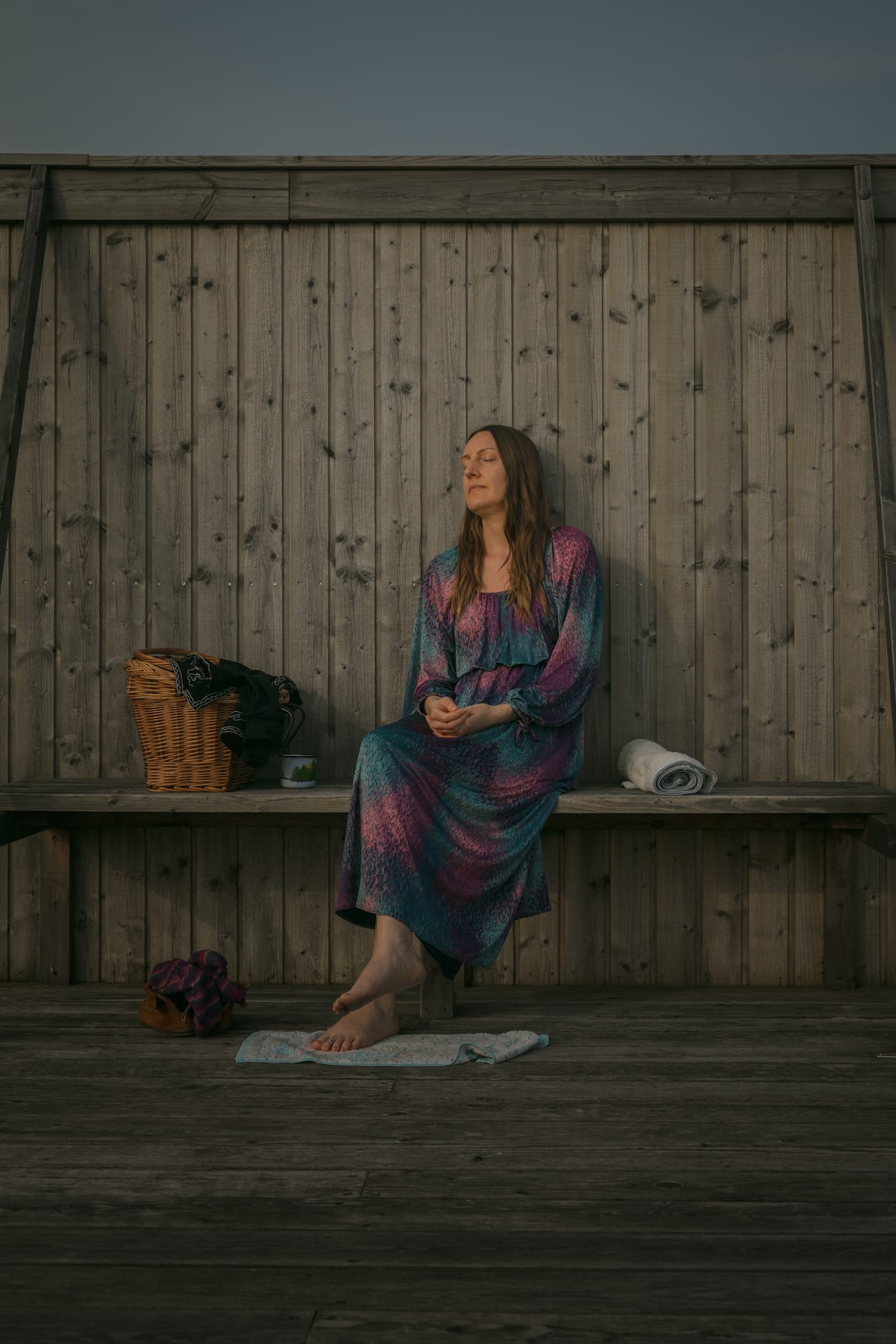
As the commission progressed, and Stevens became more familiar with Copenhagen, her approach evolved. “On the first day I tried to cross the city and see as much as could,” she says. “But this wasn’t concentrated enough; I realised that I was just trying to cover ground.” Stevens decided to approach the rest of the commission differently. “I tried to stay in one place. This allowed me to study things much more carefully and wait for moments to arrive,” she says. “I would sit down and watch and wait. It gave me more of a reflective approach.”
The subjects of Steven’s photographs also evolved as the trip went on. While water remained a consistent theme throughout, the way in which Stevens captured people’s interaction with it changed. “I thought I was going to be up close and in front of people,” says Stevens, who took several intimate portraits at the beginning of the trip before changing tact. “I have taken a more distant approach to photographing people because I want to capture them as they are in nature without disturbing them too much.” On the second day, Stevens reveals her concern about not having approached enough individuals: “Still not enough up close portraits,” she writes. “Two today. They didn’t work.” But, by day four this concern has faded. “I didn’t get close to people. I didn’t ask questions about their lives. I mostly watched, walked, watched, walked. It felt so very easy to find space, solitude, nature, water and quiet.”
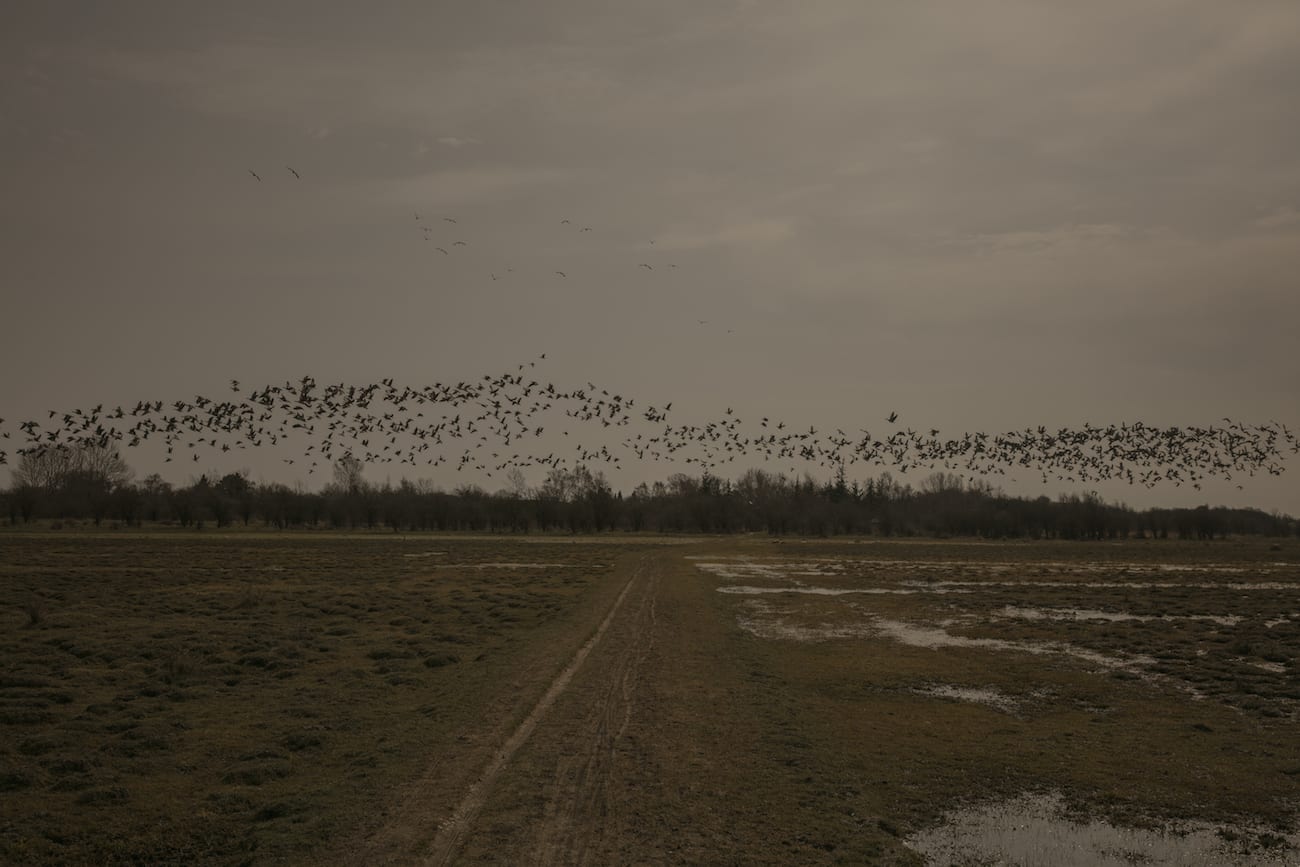
Walking across the city mostly by foot, during the four days she spent in Copenhagen, Stevens observed the city’s water in all its forms – beaches, lakes, narrow waterways, harbour baths. “I started to feel an envy towards this calmer, more connected way of living,” she says. “Why aren’t all cities built this way?” It was not until the latter half of the trip that it occurred to Stevens that she should experience the water for herself. “I should swim,” she said. “I should have jumped in yesterday but I will make it my challenge.”
Several weeks later, Stevens is back in Paris reflecting on the commission: “On the third day I got into the water at Dragør baths,” she says. “It was in the female only section and there were two ladies and a cat present (he lives there in the summer and only has one eye). I stripped off and stayed in for approximately 30 seconds. Never have I felt such cold water. I then dried off in the sunshine and carried on photographing.”
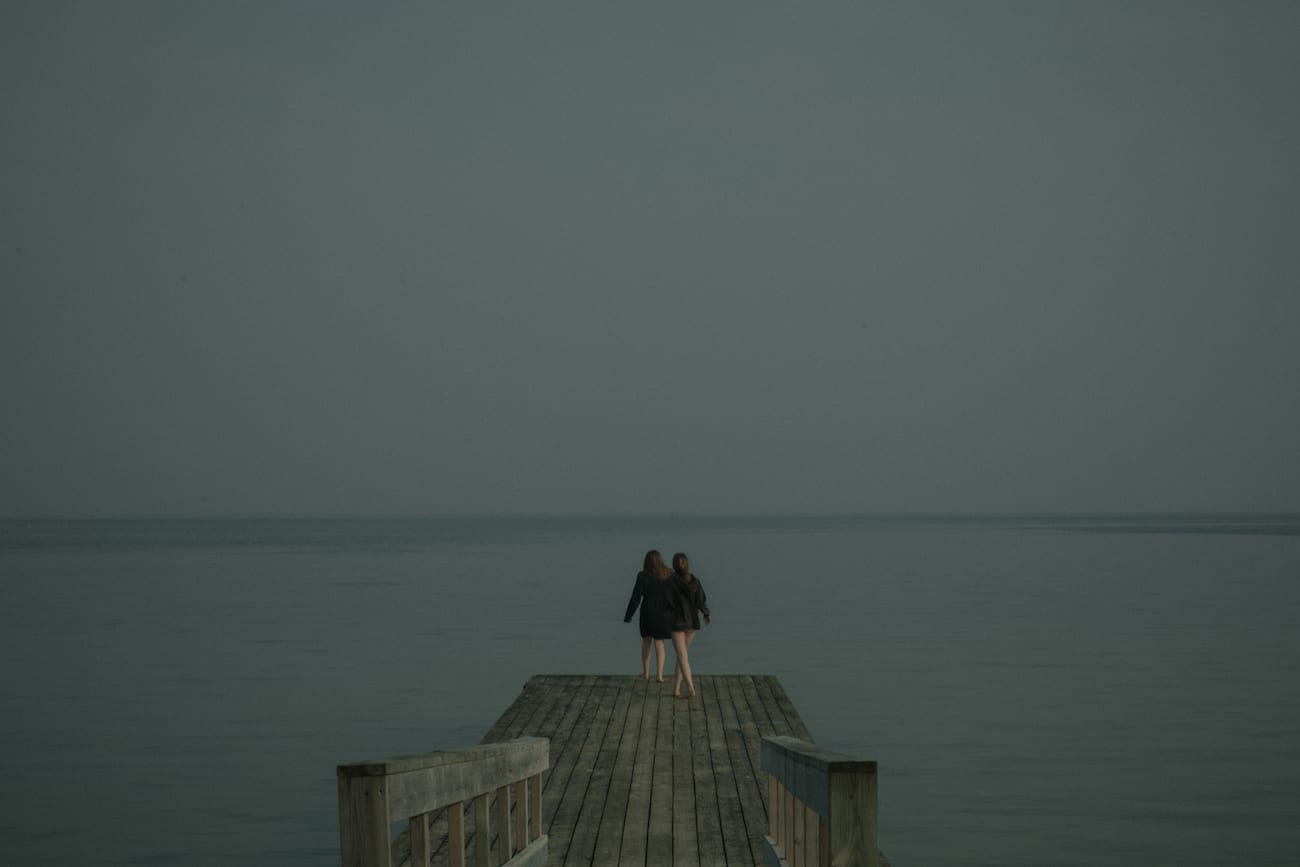
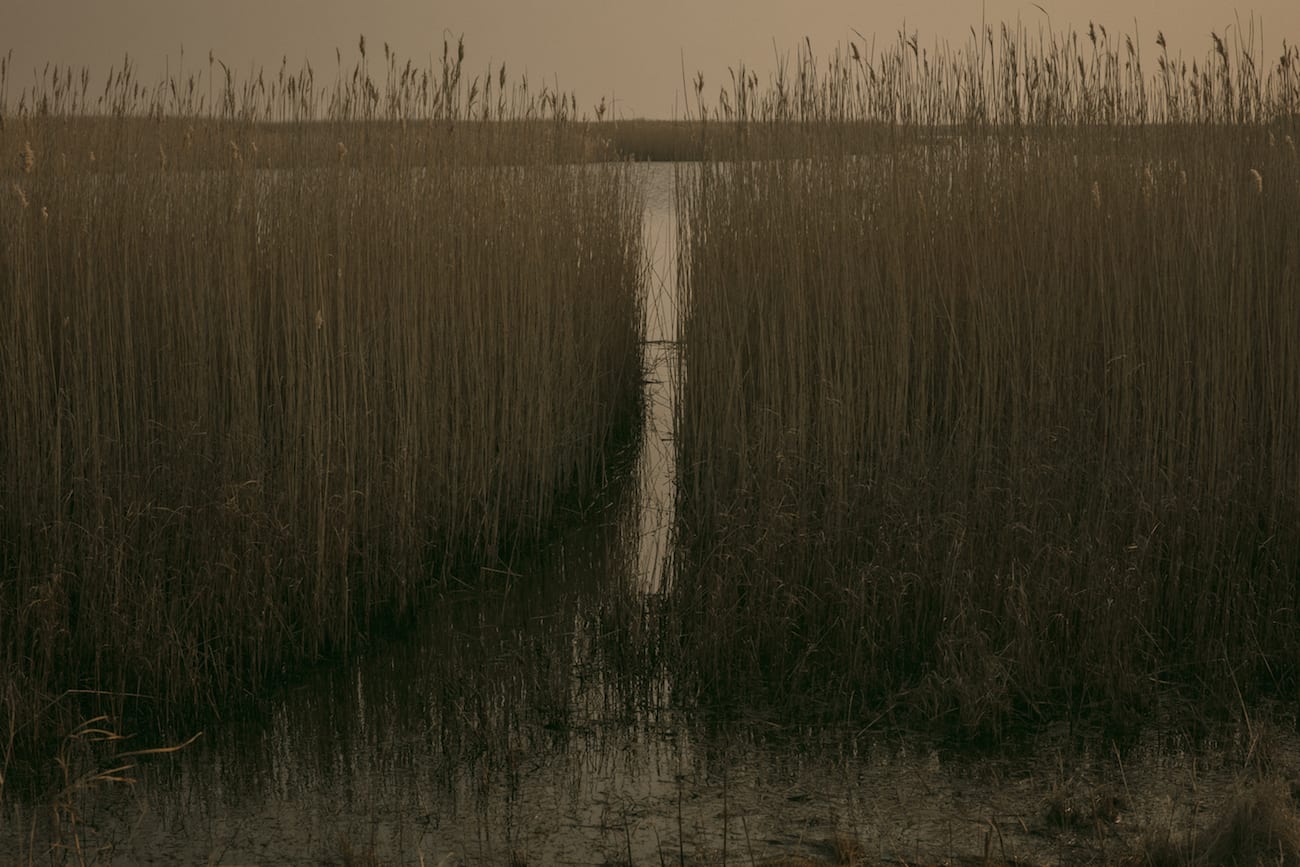
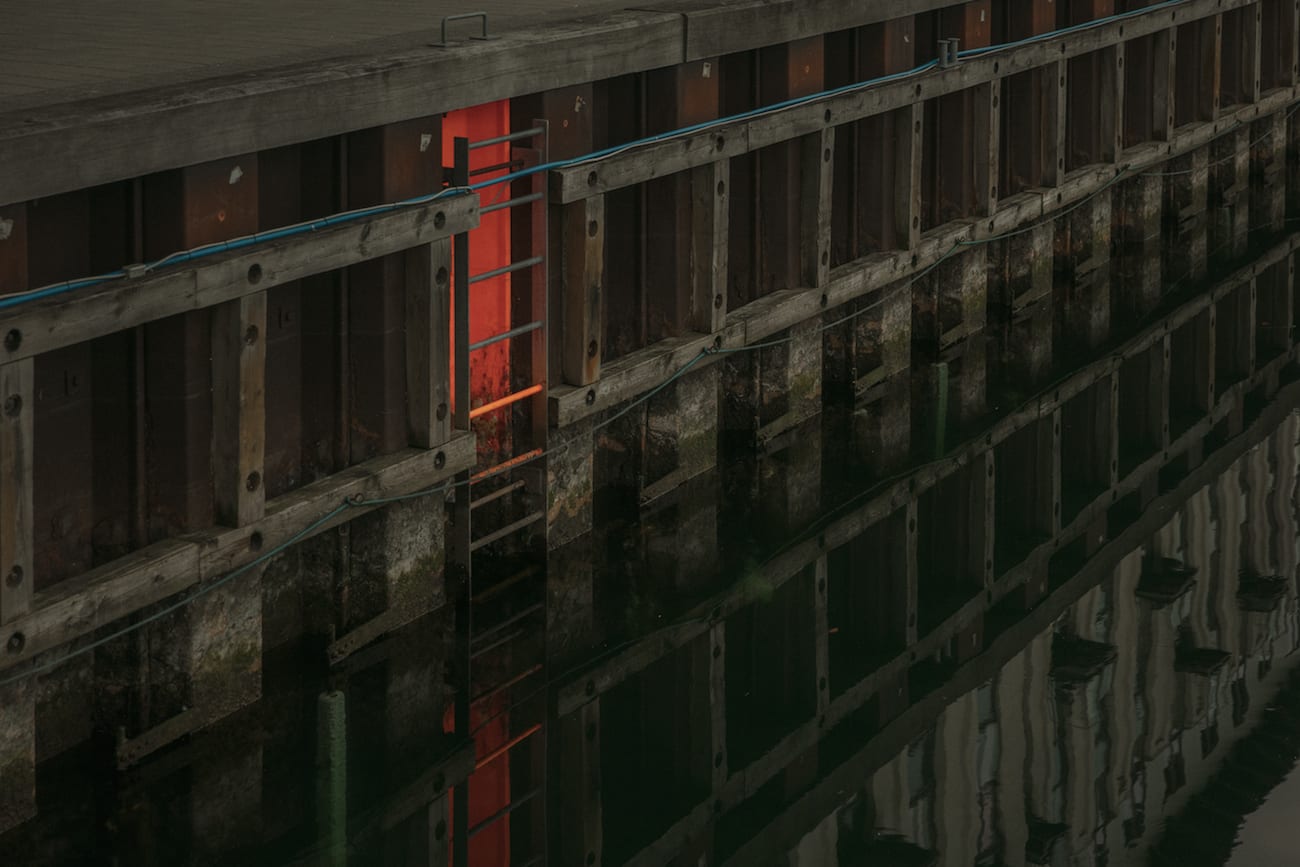
–
Postcards from Copenhagen is a British Journal of Photography commission made possible with the generous support of Wonderful Copenhagen. Please click here for more information on sponsored content funding at British Journal of Photography.

